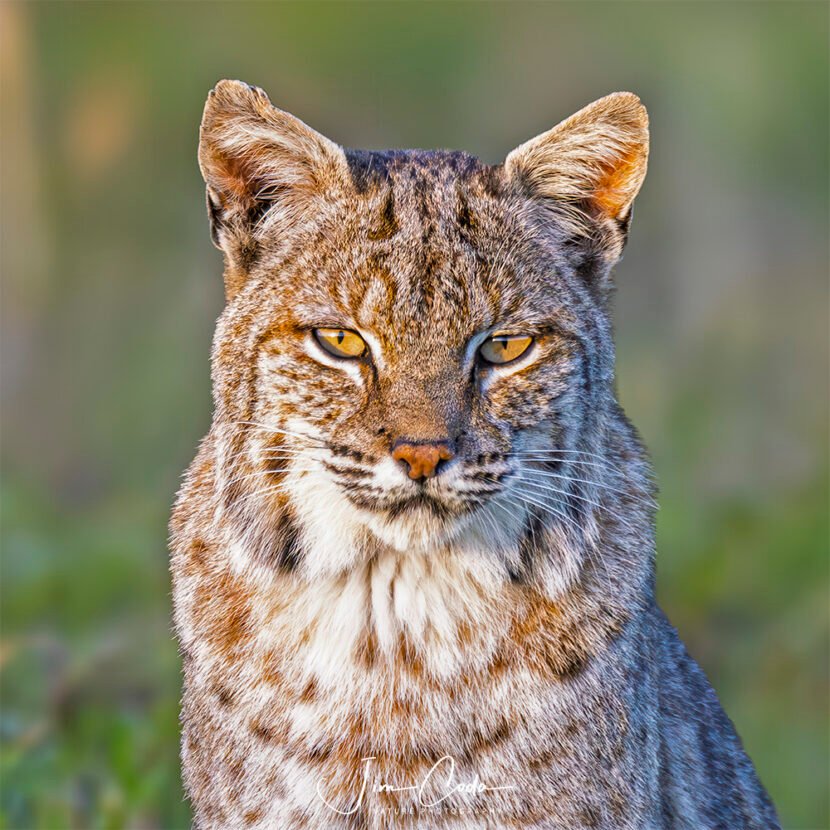
I’ve been going to Point Reyes National Seashore on a regular basis since January 2010 to photograph its wildlife. Bobcats were the main reason I started going there, but it also has many other species that I like to photograph such as tule elk, badgers and coyotes, plus many bird species. All of my photography there has been in the 18,000 acre ranching area of the park. On January 9, 2025, a settlement was announced to significantly reduce cattle in the park.
It was not a complete victory, but a significant improvement. Only two of the original 14 ranches will remain. The other 12 ranches have agreed to leave for an undisclosed amount of money to be paid by The Nature Conservancy. Rumor has it that the total amount to be paid is between 30 and 40 million dollars. The Park Service had bought these ranches in the 1960s and 1970s for 57 million dollars and let the ranchers remain for extremely low rents even though the Park Service is required by statute to collect fair market value for property it leases.
While many cattle will be removed, the 282 cattle at those two ranches will remain and another 600 to 1,200 cattle will be brought in, as necessary, for “targeted grazing.”
The settlement explains that targeted grazing is designed to prevent shrubs and trees from getting established. Tule elk have done a good job of keeping shrubs and trees from getting established in the “Tomales Point Elk Reserve” at the north end of the Seashore where the elk have been locked up for the past 46 years (but recently freed because about 500 of them have died of starvation and dehydration during two droughts in the past 10 years or so). Hopefully, that job of holding back any encroachment of brush and trees will be left to just the elk at some point as they move out from their former “prison.” I had also hoped the seven ranches and their 635 cattle in the 10,000 acres of ranching in the adjoining Golden Gate National Recreration Area would have been removed under the settlement, but that was not accomplished for some reason.
It will be interesting to see how the settlement improves vegetation quality, water quality and wildlife numbers in the Seashore.
